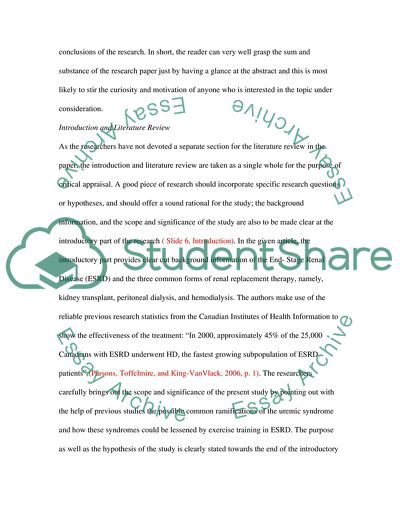Cite this document
(Exercise Training During Hemodialysis Improves Dialysis Efficacy and Coursework, n.d.)
Exercise Training During Hemodialysis Improves Dialysis Efficacy and Coursework. https://studentshare.org/sports-and-recreation/1720218-critical-appraisal-for-research-method-unit
Exercise Training During Hemodialysis Improves Dialysis Efficacy and Coursework. https://studentshare.org/sports-and-recreation/1720218-critical-appraisal-for-research-method-unit
(Exercise Training During Hemodialysis Improves Dialysis Efficacy and Coursework)
Exercise Training During Hemodialysis Improves Dialysis Efficacy and Coursework. https://studentshare.org/sports-and-recreation/1720218-critical-appraisal-for-research-method-unit.
Exercise Training During Hemodialysis Improves Dialysis Efficacy and Coursework. https://studentshare.org/sports-and-recreation/1720218-critical-appraisal-for-research-method-unit.
“Exercise Training During Hemodialysis Improves Dialysis Efficacy and Coursework”. https://studentshare.org/sports-and-recreation/1720218-critical-appraisal-for-research-method-unit.


